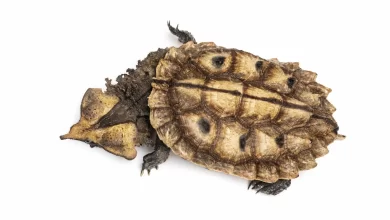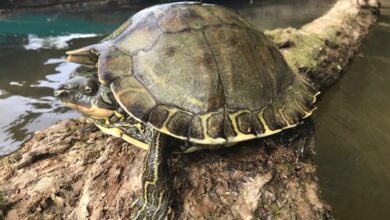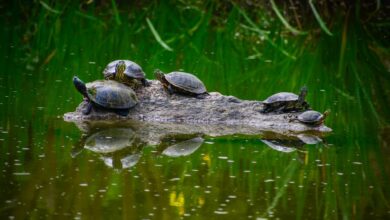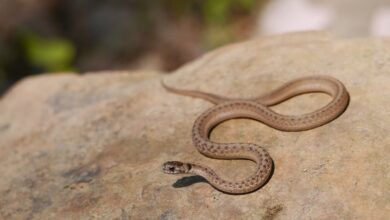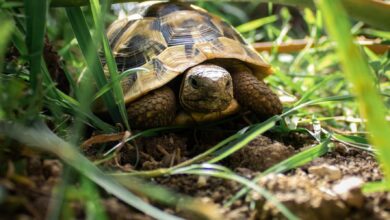My Hatchling Is Not Eating
A turtle that refuses to eat is not necessarily a cause for worry, and there are many reasons why this may be the case. However, before moving on, make sure nothing is wrong, especially if you are dealing with a young turtle.
A stressful shift in the animal’s surroundings might be the reason for its lack of hunger and movement. At some point, every turtle owner will experience this problem; your turtle will stop eating for no particular reason.
Let us discuss each situation separately to determine if it is the cause of the issue and how to fix it.
Water Temperature
Turtles are cold-blooded animals, which means they do not create any heat of their own and must rely on the surrounding temperature to keep warm.
Your turtle will stop eating If the water is not warm enough. They would not be able to digest the food correctly, and they may get sick.
The actual temperature of the water varies depending on the species. The temperature is usually between 75 and 80 degrees Fahrenheit (24 and 27 degrees Celsius). If you keep the water temperature between 75 and 80 degrees, your turtles will quickly resume feeding.
Stressed
Turtles are sensitive to get stressed. Excessive sounds, other pets, poor treatment, and various other factors can stress them out.
If your turtle becomes stressed, it will stop eating until the situation has calmed down. They will also act strangely compared to their typical behavior, frequently due to a lack of energy. When most turtles are stressed, they either try to escape the tank.
All causes of stress must be eliminated in this situation. After you have removed the pressures, your turtle should be able to eat again.
Dirty Water
When it comes to turtles, dirty water is one of the most severe issues. The tank should be cleaned once a week. Your turtle may stop eating and may develop various other health issues if the tank is dirty. Cleaning the tank is the only way to solve this problem; there is no other option.
The ideal way is to feed your turtles in a different container. To do so, place one of your turtles in a separate container filled with water and provide them in that container. After eating, they left them there for another 10 minutes before returning them to the tank. If you have more turtles, remember to take them one at a time rather than all at once. They may end up fighting over food if you place them all in a single container.

Feeding Your Turtle the Wrong Food
Live prey, meat, pellets, fruits, and vegetables should all be included in your turtle’s diet. They would not eat anything else if you only fed them what they wanted. Fruits and vegetables play an essential part in a turtle’s diet, and they should be consumed regularly to avoid health issues.
It will be challenging to get your turtle to eat anything else if you only feed it meat for a long time. So you have to maintain the diet of your turtle.
Basking Area
The basking region is where turtles receive the majority of their body heat and the UVB rays that they require.
Your turtle will stop eating and will most likely develop health problems if the temperature of the basking area is too low or too high. This is a simple problem to solve. You only need to make a few adjustments to the basking area to ensure that it produces the proper amount of heat.
The temperature of the basking area will vary depending on the turtle species you have. Your turtle will feel comfortable if the temperature is between 85 and 90 degrees Fahrenheit (29 and 32 degrees Celsius).
Your Turtle Get Scared
For a turtle, moving to a new home may be pretty stressful. They will be moved from a tiny, cramped tank where they share space with other turtles to a new, larger tank where they can live alone. They will be much more scared if they are delivered via mail.
If this is the situation with your turtle, all you have to do is wait for the turtle to settle down. After a week, your turtle will adjust to its new surroundings and start eating. There is little you can do in this situation, but make sure you provide them food every day.

